Drive Your Career Forward: Steps to Success as a Delivery Driver
It seems with every year that passes, we’re shown more and more the importance delivery drivers play in the daily lives we’ve come to expect. In the face of the rise of e-commerce and on-demand services, the need for reliable delivery drivers has never been greater. Our goal with this guide is to simplify the steps to becoming a delivery driver, detailing the requirements, skills, and tools needed to kickstart this rewarding career. Whether you’re considering a part-time job or a full-time career in delivery driving, this article aims to provide you with the essential information to help you hit the road on your way to a rewarding career in delivery driving. What Does a Delivery Driver Do? We all know that delivery drivers are the heroes who keep the wheels of logistics rolling, literally. But, it’s so much more than just transporting items from one location to another, it’s about maintaining trust, efficiency and ultimately ensuring our world’s critical packages move as expected. So what is the average duties you can expect? Requirements to Become a Delivery Driver To pursue a career as a delivery driver, certain prerequisites must be met: Skills Needed for Success With those requirements out of the way, let’s consider some of the best skills that are sure to help you through even the toughest days out delivering! Tools and Equipment Delivery drivers utilize various tools to perform their jobs efficiently: Work Environment Delivery drivers spend most of their time on the road. They often work in varying weather conditions and may need to wear a specific uniform depending on the climate and cargo involved. Shifts can start early in the morning or extend into late nights, but most drivers work a regular, set schedule of 40-hour week. Working alongside dispatchers, carriers, customers and store owners is often a regular part of the job. Join Optimum Staffing Solutions Embarking on a career as a delivery driver can be an incredibly rewarding career. It offers a unique blend of independence, customer interaction, and the pride and satisfaction of ensuring timely deliveries and keeping the wheels of the world in motion. With opportunities for career growth and the flexibility to work in various industries, delivery driving provides a fulfilling and dynamic work experience. We hope this guide has given you a clearer picture of what it takes to succeed in this profession and start on your path to this rewarding job. If you’re ready to start your career as a delivery driver, Optimum Staffing Solutions is here to support you every step of the way. We connect qualified drivers with top companies every single day and offer a range of opportunities to ensure a seamless fit for the unique skills and preferences you bring to the table. So, whether you’re looking for part-time work or a full-time career, we have the resources it takes to help you succeed. 🔗 Start Your Journey with Optimum Staffing Solutions Ready to hit the road and start your career as a delivery driver? Connect with Optimum Staffing Solutions today. Our tailored staffing services will help you find the perfect position and support you every step of the way. Let’s drive your career forward together! 🚛 For Aspiring CDL Drivers and Mavericks Across Industries: Are you ready to shift gears and accelerate your career? Whether you’re pursuing recruiting, a seasoned CDL driver looking for your next great journey on the road or an industrial professional aiming to craft your path in manufacturing, Optimum Staffing is your co-pilot to success. With wide array of opportunities, from CDL A and CDL B positions to roles in warehouse operations, machine operation, production and manufacturing, leadership, administrative, and so much more we’re eager to help. Discover your next career move with us and let’s drive towards success together. 🔎 For Businesses Seeking Top-Notch Talent: Navigating the complexities of staffing can be as challenging as the busiest highways.If your company is in the fast lane and needs reliable, skilled CDL drivers, machine operators, manufacturing team leads, payroll administrators, saw operators, or pallet builders, look no further. Optimum Staffing Solutions is your trusted partner, dedicated to matching you with professionals who aren’t just qualified but are eager to help steer your business towards its goals. Explore our staffing solutions today, and let us help you keep your operations running smoothly and efficiently. Discover the benefits of comprehensive staffing services today and let us become your trusted partner in achieving success. We extend our heartfelt thanks to you for engaging with this post. Safe travels and successful ventures to all our readers. Whether you’re hitting the road or mastering the craft on the manufacturing floor, remember, Optimum Staffing Solutions is here to support your journey every mile and milestone of the way. If you made it to this part of the post, we’d just like to take a moment to thank you for taking the time to read this article. Be safe out there and as always, If you’re in search of a role, be sure to check out our open positions. And if you need staffing solutions for commercial driving or industrial positions, be sure to explore our offerings.

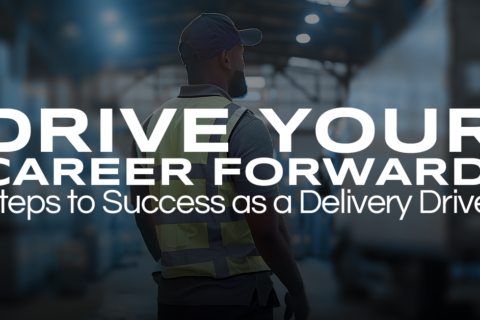

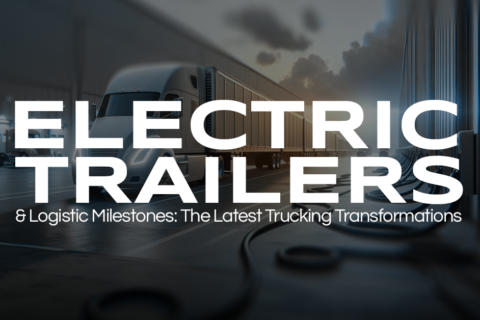




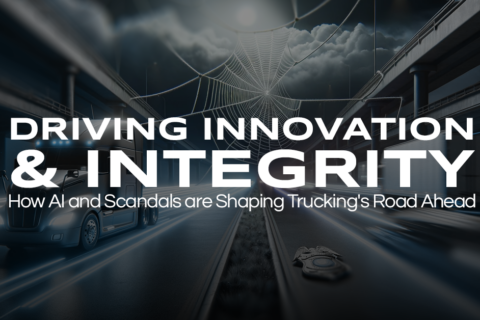
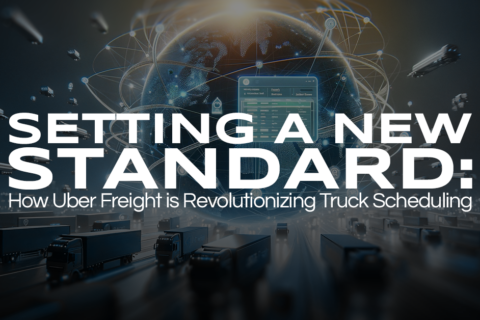
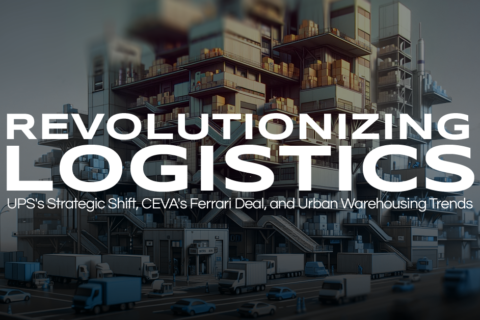
Recent Comments